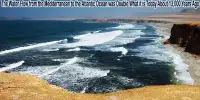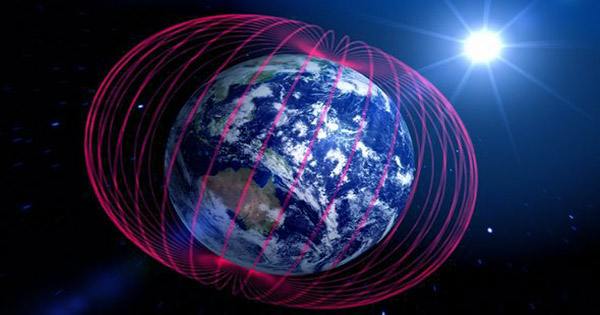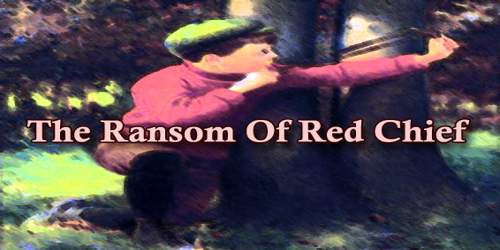The process by which soil is removed or displaced from its original location is referred to as soil erosion. Natural erosion occurs as a result of wind, water, ice, and other environmental factors, but human activities can also hasten erosion rates.
The denudation or wearing away of the upper layer of soil is referred to as soil erosion. It is a type of soil deterioration. The dynamic activity of erosive agents, such as water, ice (glaciers), snow, air (wind), plants, and animals (including humans), causes this natural process. Water erosion, glacial erosion, snow erosion, wind (aeolean) erosion, zoogenic erosion, and anthropogenic erosion such as tillage erosion are some agents that cause erosion.
Soil erosion can be a slow process that goes unnoticed, or it can happen quickly and cause a significant loss of topsoil. Soil loss from farmland may result in lower crop production potential, poorer surface water quality, and damaged drainage networks. Sinkholes can also be caused by soil erosion.
There are different types of soil erosion:
- Water Erosion: Rainfall or irrigation is the most common cause of this type of erosion. Water’s force can detach and carry soil particles away, forming channels and gullies. It is frequently aggravated by factors such as poor land management, deforestation, and overgrazing.
- Wind Erosion: Wind erosion occurs in areas where the soil is dry or loose. Strong winds pick up and transport loose particles across the land, resulting in topsoil loss. This type of erosion is common in arid and semi-arid areas, and it can be exacerbated by poor agricultural practices, such as leaving soil exposed without vegetation cover.
- Glacier Erosion: Glaciers can erode soil and rock as they move, scraping away the land beneath them. This type of erosion is significant in mountainous areas and can create valleys and other distinctive landforms.
- Tillage Erosion: This type of erosion happens during the process of plowing or tilling the soil for agriculture. It involves the movement and redistribution of soil within a field, often resulting in the loss of fertile topsoil.
Soil erosion has several detrimental effects on the environment and human activities:
- Loss of Fertile Soil: Erosion removes the top layer of soil, which is rich in organic matter, nutrients, and microorganisms essential for plant growth. The loss of this fertile soil can reduce agricultural productivity and impact food production.
- Water Pollution: Eroded soil particles can be carried into rivers, lakes, and other bodies of water, along with any chemical fertilizers or pesticides present on the land. This sedimentation can harm aquatic ecosystems and degrade water quality.
- Increased Flooding: Soil erosion can result in the formation of channels and gullies, which reduce the land’s ability to absorb and retain water. This can lead to increased runoff, which can lead to more frequent and severe flooding.
- Habitat Destruction: Soil erosion has the potential to degrade natural habitats and ecosystems, threatening plant and animal species that rely on stable soil conditions to survive. Desertification and the conversion of productive land to barren areas can also be exacerbated by the loss of vegetation cover.
Terracing, contour plowing, crop rotation, agroforestry, and maintaining ground cover through vegetation or mulching are all conservation practices that can be used to prevent or mitigate soil erosion. These techniques aid in the protection of the soil from erosion and the preservation of its fertility, thereby promoting sustainable land use practices.
















